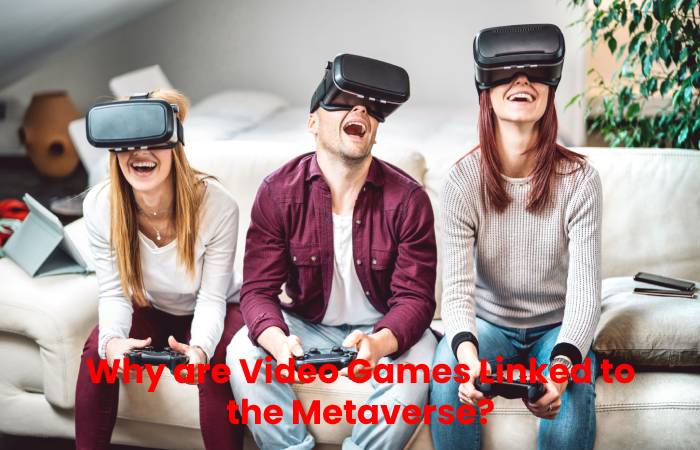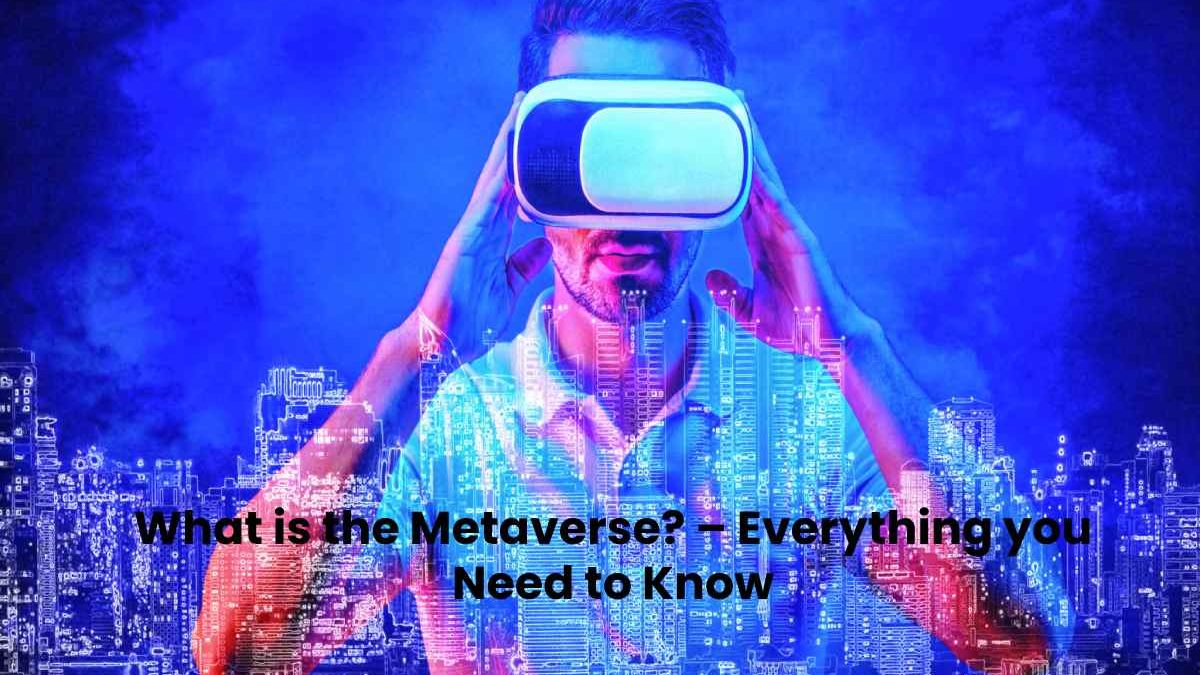Table of Contents
Metaverse – Introduction
The metaverse is a concept of a persistent online 3D universe that combines multiple different virtual spaces. You can think of this as a future version of the Internet. The metaverse will allow users to work, meet, play and socialize together in these 3D spaces.
The Metaverse does not exist, but some platforms contain elements similar to those of a metaverse. Video games currently offer the closest metaverse experience there is. Developers have pushed the boundaries of what a game is by organizing in-game events and creating virtual economies.
Why are Video Games Linked to the Metaverse?

Due to the emphasis on 3D virtual reality, video games offer the closest metaverse experience today. However, this point is not just because they are 3D. Video games now provide services and features that carry over to other aspects of our lives. For example, the Roblox video game hosts virtual events like concerts and meetups. Players no longer play the game; they also use it for other activities and parts of their lives in “cyberspace”. For example, in the multiplayer game Fortnite, 12.3 million players participated in Travis Scott’s virtual music tour the game.
How do Cryptocurrencies Fit into the Metaverse?
The games provide the 3D aspect of the metaverse, but they don’t cover everything needed in a virtual world that can cover all aspects of life. Crypto can offer the other vital parts required, such as digital proof of ownership, transfer of value, governance, and accessibility. But what exactly do they mean?
If in the future we all work, socialize and even buy virtual items in the meta, we would need a secure way to prove ownership. We should also feel safe transferring these items and money around the metaverse. Finally, we should also want to play a role in the decision-making in the metaverse if this is going to be such a big part of our lives.
1. Digital Proof of Ownership
By owning a wallet with access to your private keys, you can instantly prove ownership of an activity or an asset on the blockchain. For example, you can display an exact transcript of your transactions on the blockchain while you’re at work to show accountability. A wallet is one of the safest and most robust methods of establishing a digital identity and proof of ownership.
2. Digital Collectability
Just as we can establish who owns something, we can also prove that an item is original and unique. For a metaverse looking to incorporate more real-life activities, this is important. Through NFTs, we can create objects that are 100% unique and can never be exactly copied or counterfeited. A blockchain can also represent ownership of physical items.
3. Transfer of Value
A metaverse will need a way to transfer value that users trust securely. In-game currencies in multiplayer games are less secure than cryptocurrencies on a blockchain. If users spend a lot of time in the metaverse and earn money there, they will need a reliable currency.
What is a Job in the Metaverse?
As we mentioned, the metaverse will combine all real-life aspects in one place. For example, while many people already work from home, in the metaverse, you’ll be able to enter a 3D office and interact with the avatars of your colleagues. Your work may also be related to the metaverse and provide you with directly usable income in the metaverse. These types of jobs already exist similarly.
Examples of Metaverse
While we don’t have a single linked metaverse yet, we have many platforms and projects similar to the metaverse. These also typically incorporate NFTs and other blockchain elements. Let’s look at three examples:
1. Second Life
Second Life is a 3D virtual environment where users control avatars to socialize, learn and do business. The project also has an NFT marketplace for trading collectables.
2. Axie Infinity
Axie Infinity is a play-to-earn that gives players from developing countries the opportunity to earn consistent income. By purchasing or receiving three creatures known as Axis, a player can begin farming the Smooth Love Potion (SLP) token. When it is sold on the open market, someone could make roughly $200 to $1,000 depending on how much you play and the market price.
3. Decentraland
Decentraland is an online digital world that combines social elements with cryptocurrencies, NFTs and virtual real estate. In addition, the players also take an active role in the platform’s governance. Like other blockchain games, NFTs are used to represent cosmetic collectables. They are also used for LANDs, 16×16 meter parcels of land that users can purchase in-game with the MANA cryptocurrency.
What is the Future of the Metaverse?
Facebook is one of the most vital voices for creating a unified it. It is exciting for a crypto-driven metaverse due to Facebook’s Diem stable coin project. Mark Zuckerberg has explicitly mentioned his plans to use a metaverse project to support remote work and improve financial opportunities for people in developing countries. Facebook’s ownership of social media, communication, and crypto platforms give it a head start by combining all of these worlds into one. Other big tech companies are also targeting the creation of a metaverse, including Microsoft, Apple and Google.
Conclusion
While a single, united meta-verse is likely a long way off, we can already see developments that may lead to its creation. But unfortunately, it seems to be another science fiction use case for blockchain technology and cryptocurrencies. So it’s not sure if we’ll ever get to the point of a metaver. But in the meantime, we can already experience it-like projects and continue to integrate blockchain more into our daily lives.

